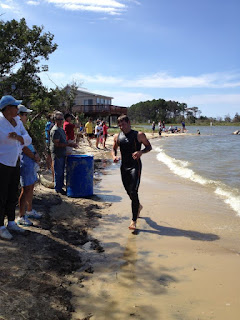Ginger is not only a delicious way to spice up your dinners, but it has been used for centuries as a natural medicine to treat ailments ranging from migraine headaches to menstrual cramps. Ginger is native to Southeast Asia, but these days it is grown and harvested in Fuji, South America, Jamaica, Indonesia and Australia. There are several different varieties available, and the flesh of ginger can be white, yellow or red depending on the variety.
Ginger has long been used to treat nausea and flatulence by naturopathic doctors and it is now becoming more widely used for its ability to treat motion sickness. It has even been confirmed by one scientific study to be more effective at preventing and treating motion sickness than the medication Dramamine. Ginger reduces all symptoms of motion sickness including the dizziness, vomiting and cold sweating. Ginger is also effective at treating morning sickness and a 2005 study published in Obstetrics and Gynecology medical journal reported that ginger effectively treats nausea and vomiting during pregnancy.
One area that I have been aware of for quite some time is ginger’s anti-inflammatory properties. The endurance community has long been a proponent of using ginger to help athletes reduce both inflammation and the pain associated with it due to running and cycling. Some massage therapist use ginger oil to help relieve pain and inflammation associated with arthritis.
Several university studies have linked ginger to potentially protecting consumers against and in treating certain types of cancers including ovarian and colorectal cancer. With colorectal cancer, a compound found in ginger called gingerols has been shown to inhibit the growth of colorectal cancer cells. A study conducted by the University of Michigan reports that ginger can induce the death of ovarian cancer cells.
Another area of health that ginger seems to have a positive impact on is the immune system. Ginger works to open the sinuses due to its spicy favor and pungent aroma, as well as promoting healthy sweating, which can be especially beneficial for cold and flu sufferers. Ginger can also assist in relieving some of the discomfort associated with stomach flu symptoms and due to its pain reducing properties, ginger can help with the aches and pains that typically accompany this illness.
As with most foods and ingredients, there are both fresh and powdered forms of ginger available. While you can gain the benefits of ginger through both types, eating it in its fresh and whole form is most beneficial. Fresh ginger is widely available in the produce section of most grocery stores. Simply peel the brown skin and slice, dice or chop up the flesh of the ginger root and add it to your next meal for a yummy and healthy way to up your health!




